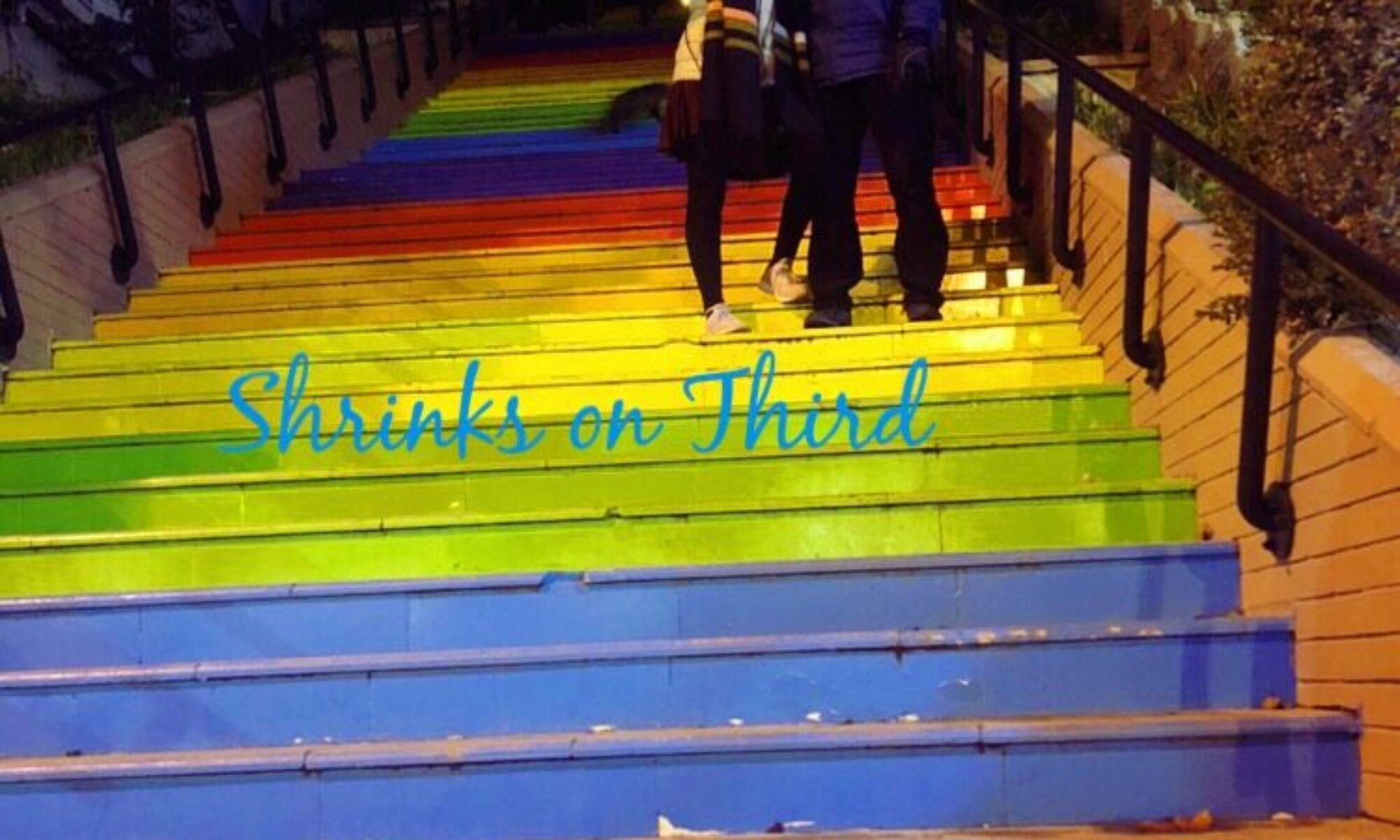The session in which we talk about the African American cultural explosion that centered in Harlem, New York beginning in the 1920’s. Intellectuals, artists, musicians, writers, and others migrated toward freedom. The result was a celebration of Black pride that offered a deeper awareness and appreciation of the richness, growth, and oppression of African American spirit and culture.
Talking Turkey
The session in which we discuss the real history and meaning of the Thanksgiving holiday.
Crisis in Housing
The session in which we discuss the current Housing Crisis with Occupy PHA organizer, Nadera Hood. Nadera has been advocating for the needs of people without homes for the past several years. She has organized successful protests urging the Philadelphia Housing Authority (PHA) to provide more adequate housing to people who need homes in the area.
Tulsa Race Massacre
The session in which we learn together about what happened to the area in Oklahoma that became known as Black Wall Street. If you don’t know, it was the Tulsa Race Massacre – when Black residents and business owners were viciously attacked by an angry white mob. We only heard of it recently and indirectly when a political rally was being planned to take place in Tulsa on the anniversary of this horrendous event. Doing some research, we found that even the Oklahoma educational curriculum did not include this as part of history. Nobody wanted to talk about it or have it be known. We’re doing our part to change that.
tulsahistory.org
Freedom Riders
If you know about the Freedom Riders, then you know that this episode is about an important model for civil disobedience. The Freedom Riders were activists, including the late Representative John Lewis, who challenged the segregation (and non-enforcement of laws) on the U.S. interstate transportation system. This is a critical story in our history from which we can continue to learn. Take notes.
Blackface
The session in which we explore the history of blackface. We talk about its origins, how it developed over time, and why it’s offensive. Blackface brings up a very disrespectful, demeaning racist societal history. We learned how insidiously such things were a part of our upbringing and it’s part of the racism we are rooting out and working against.
Representation in Sports
Who comes first to your mind when you think about African American tennis players? There are several we all know now including Serena and Venus Williams, Sloane Stephens, and Frances Tiafoe to name a few. Many people think first of Arthur Ashe who was the only Black man to win the singles title at Wimbledon, the US Open, and the Australian Open. But it was Althea Gibson, the tennis legend, who broke the racial barrier in the sport as the first ever African American to win a Grand Slam title. She was an amazing athlete and in this session we highlight her accomplishments as we consider the importance of representation, acknowledgment, and appreciation in sports, as in all things.
RedLining
We begin our 3rd season journey into learning and uncovering as much as we can about our truthful past with RedLining – a practice that purposely maintained segregation through discrimination in lending. We discuss its racist history, how it promoted both segregation and the wealth gap, and the continued forms it takes even today.
A couple of books we mentioned to learn more about RedLining:
Race for Profit: How Banks and the Real Estate Industry Undermined Black Homeownership by Keeanga-Yamahtta Taylor
The Color of Law: A Forgotten History of How our Government Segregated America by Richard Rothstein
NationalFairHousing.org
Education Whitewash
Just us Shrinks having an After Hours discussion about the lack of actual American History in our prior education – trying to come to terms with our whitewashed understanding of so many things, on so many levels.
One View From the Ground
The session in which we speak once again with Nurah Muhammad (shrinksonthird.com/actionism-sister-nurah-muhammad), who lives and works in Camden, NJ. For this session we reached out to get Sister Nurah’s take on the changes in the Camden Police Department, recently touted as a successful model of community policing. She offered her perspective on what’s working, what isn’t, and what still needs improvement.
